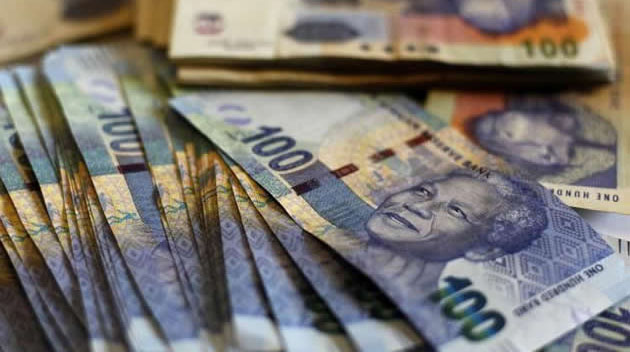SA rand weakens

The rand weakened to within a hair’s breadth of the symbolic R14/$, putting it on track for its worst quarterly performance since 2011.
The rand has been a casualty in the trade spat between the US and China, which has brought uncertainty to the global market place, thus undermining appetite for emerging markets that are perceived to be risky.
“The rand is struggling in this low-risk environment in which there is uncertainty about trade war and the extent to which that feeds into the global economy,” said Halen Bothma, market analyst at ETM Analytics.
Currencies and stocks in the emerging world have felt the squeeze throughout this quarter, though part of the selling is related to expectations of higher interest rates in the US, which has boosted the value of the dollar.
Adding fuel to the fire were earlier concerns of perceived political interference in the Turkish central bank, which played out negatively on the lira and spilt over into other emerging-market currencies.
The rand has lost about 17 percent against the dollar since the start of the current quarter, raising concern about the outlook for inflation.
The South African Reserve Bank deputy governor, Kuben Naidoo, said just more than a week ago that the Bank’s approach would be guided by evidence of a build-up of inflationary pressures.
Local bonds were weaker in mid-morning trade, with the yield on the benchmark R186 bond rising to 8.95 percent from 8.89 percent, meaning a drop in the value of bond prices. — BusinessLive.






Comments